I'm not sure if anyone has heard of this man, he was born in Croatia. born 1498, Grižane, Croatia, Hung. died January 1578, Rome, Papal States [Italy]
The Life and Works of Giorgio Giulio Clovio Miniaturist with Notices of His Contemporaries and of the Art of Book Decoration in the Sixteenth Century
Product Description
Bradley hopes to elevate the importance of Miniature Art with this study of Giorgio Giulio Clovio, Italian illuminator, miniaturist, and painter, also called Macedo or Il Macedone because of his Macedonian origin. Clovio was employed by Louis II of Hungary, Cardinal Farnese at Rome, and other princely patrons. Among the best known of the many works ascribed to him are the illuminations for the Book of the Hours of the Blessed Virgin, his masterpiece; the manuscript biography of Frederick, duke of Urbino; Cardinal Grimani's Commentary on the Epistle to the Romans; The Victories of Emperor Charles V; and the Farnese Breviary. Contents: Autographs of Artists; Ditto; Farnese Palace, Rome; The Sakcinski Portrait; The Vasari Portrait; Medal and Portrait of Cardinal Farnese; The Curzon Portrait; Two Pages from the Stanze d'Eurialo d'Ascoli, Imperial Library, Vienna; Two Pages from the Soane Clovio, London; Miniature from the Victories of Charles V, British Museum; Cartel from same MS; Two pages from the Stuart de Rothesay Offices, British Museum; Death of St. Bartholomew, from a Drawing attributed to Clovio, British Museum; and Adoration of Magi, from an Engraving after Clovio, British Museum.
Furhter
Clovio was a friend of the much younger El Greco, the celebrated Greek artist from Crete, who later worked in Spain, during El Greco's early years in Rome. Greco painted two portraits of Clovio; one shows the four painters whom he considered as his masters; in this Clovio is side by side with Michelangelo, Titian and Raphael. Clovio was also known as Michelangelo of the miniature. Books with his miniatures became famous primarily due to his skilled illustrations. He was persuasive in transferring the style of Italian high Renaissance painting into the miniature format.
The Life and Works of Giorgio Giulio Clovio Miniaturist with Notices of His Contemporaries and of the Art of Book Decoration in the Sixteenth Century
Product Description
Bradley hopes to elevate the importance of Miniature Art with this study of Giorgio Giulio Clovio, Italian illuminator, miniaturist, and painter, also called Macedo or Il Macedone because of his Macedonian origin. Clovio was employed by Louis II of Hungary, Cardinal Farnese at Rome, and other princely patrons. Among the best known of the many works ascribed to him are the illuminations for the Book of the Hours of the Blessed Virgin, his masterpiece; the manuscript biography of Frederick, duke of Urbino; Cardinal Grimani's Commentary on the Epistle to the Romans; The Victories of Emperor Charles V; and the Farnese Breviary. Contents: Autographs of Artists; Ditto; Farnese Palace, Rome; The Sakcinski Portrait; The Vasari Portrait; Medal and Portrait of Cardinal Farnese; The Curzon Portrait; Two Pages from the Stanze d'Eurialo d'Ascoli, Imperial Library, Vienna; Two Pages from the Soane Clovio, London; Miniature from the Victories of Charles V, British Museum; Cartel from same MS; Two pages from the Stuart de Rothesay Offices, British Museum; Death of St. Bartholomew, from a Drawing attributed to Clovio, British Museum; and Adoration of Magi, from an Engraving after Clovio, British Museum.
Furhter
Clovio was a friend of the much younger El Greco, the celebrated Greek artist from Crete, who later worked in Spain, during El Greco's early years in Rome. Greco painted two portraits of Clovio; one shows the four painters whom he considered as his masters; in this Clovio is side by side with Michelangelo, Titian and Raphael. Clovio was also known as Michelangelo of the miniature. Books with his miniatures became famous primarily due to his skilled illustrations. He was persuasive in transferring the style of Italian high Renaissance painting into the miniature format.

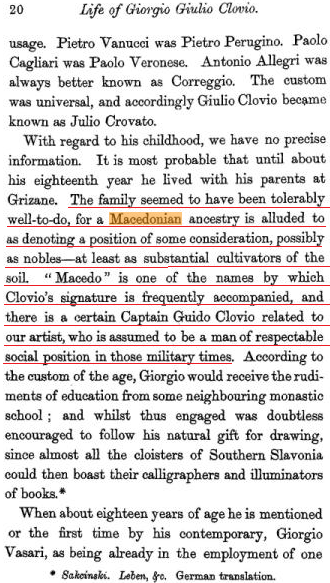
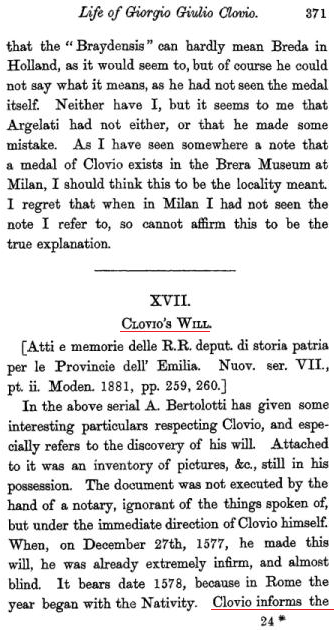
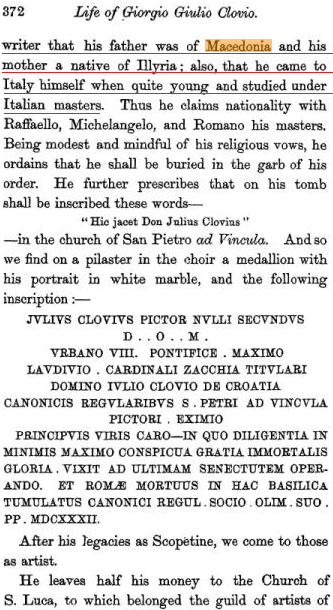
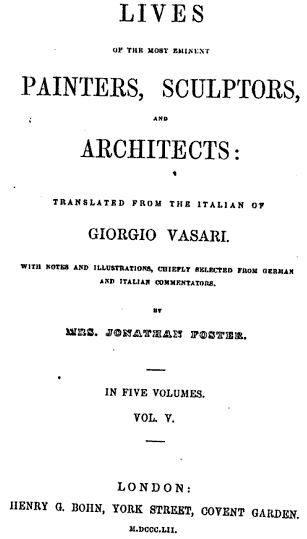
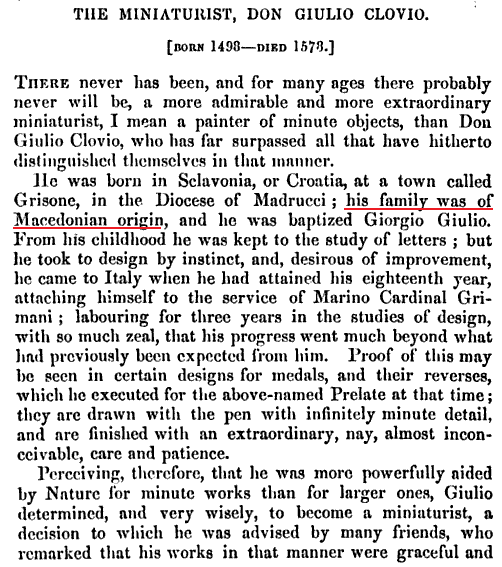

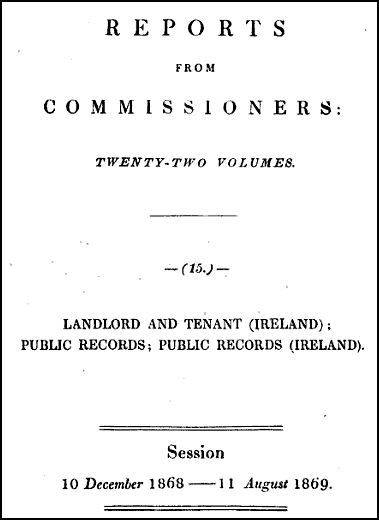


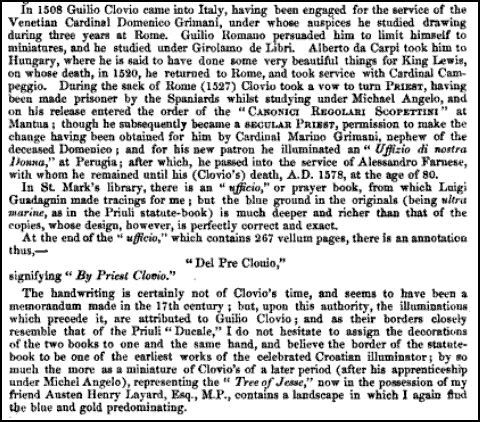

Comment